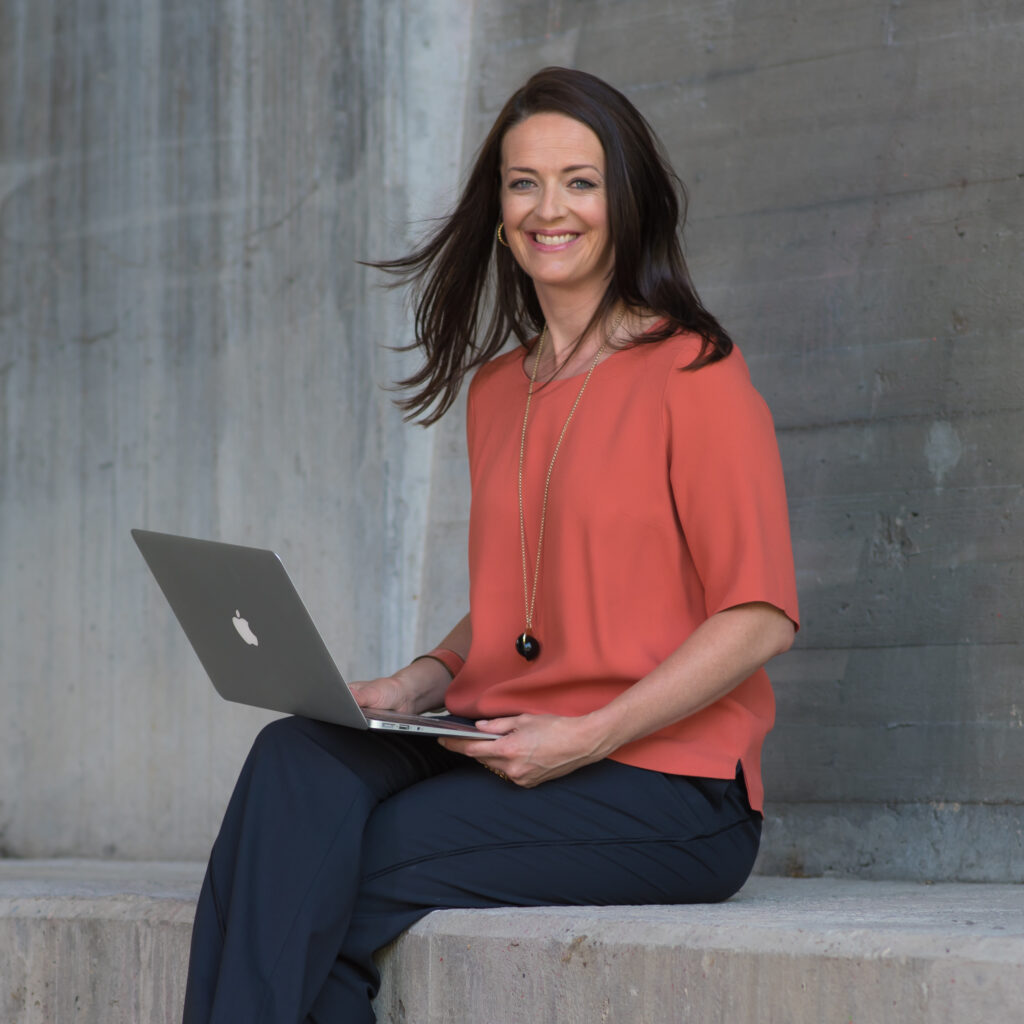
What’s in a name? A lot, according to Katarina Nilsson, entrepreneur, naming strategist, visual artist and certified Joy of Business facilitator. The founder of full-service naming agency Eqvarium, she’s taking us on a journey not about naming your business but specifically how to be savvy about naming your products and services.
Create an overall road map
Nilsson advises starting with a ‘road map’ to develop the naming strategy. Ask what you’re going to name, identify your markets, your competition, what the naming landscape is like in your kind of business, how you’d like your name to sound, investigate intellectual property and trademarks and how many languages the names need to work in.
“It’s not just witty or fun names. It’s really a strategic business decision, and the responsibility for making these decisions has moved to top management, not just in branding and marketing. The name needs to live during the product or service’s lifecycle,” she says.
If your product or service will generate revenue in 10 to 15 years, the name should mean something over that time rather than be too descriptive and risk becoming obsolete. No name will satisfy everyone, but it’s best to avoid words with negative connotations or “with associations that go in the wrong direction”.
Nilsson suggests going for as simple and as few levels as possible. For mobile phones, for example, the trend has been to go from main brand to an alphanumeric model description (i.e. Samsung Galaxy 7, iPhone 7), choosing real names or sub-brand names for the different phone or device models. But alphanumeric model descriptors don’t really “evoke something in the consumer or the customer”.
“These are two different strategies, naming each product differently or going for an alphanumeric model descriptor. Will one of them give you more business, is it worth it? You need to know what you’re choosing,” says Nilsson.
“When you choose something that’s really easy to accept, or it’s not controversial right now, it will be completely uninteresting in a few years. Be braver – be bold, choose something really unique and interesting now as it needs to be interesting in five to 15 years.”
Stick to your naming strategy
A clear naming strategy across your products and services (such as within your marketing-communications plan) will help ensure they all sound like they’re part of the same family and will “play together well”, says Nilsson. Avoid ad hoc naming of your range of products and services.
“I work with industrial companies that have a lot of varied names. Sometimes this comes into play when the names have been created by the product development department and don’t follow the overall strategy,” she says.
Actually, a clash of names can happen when brands merge, but if there’s a particular brand that’s a cash cow, it makes sense to keep the name “even if they stick out from the brand structure”.
Focus on benefits, not features
A common trap is for businesses to focus on a product or service’s features to build a name. As the product evolves, such a descriptive name risks becoming outdated. Focus on the customer’s problem it solves, and how it benefits them. A wedding organiser could go for a straightforward name of ‘Wedding Planner’, but a benefit-based name would be ‘Merry Day’.
While Nilsson’s base is Sweden’s capital Stockholm, her naming agency’s work takes her across the globe, such as for Sony Ericsson, Electrolux and H&M. She started her agency at the same time she became pregnant with her first child, saying “OK, let’s have two babies”. Nilsson employed her first staffer within three months, later taking on three more staff.
“Now I want no staff, just sub-contractors doing marketing communications and writing as well as the 60 linguists I have contracted all over the world.”
Coaching for joy and productivity
Her Aussie link is her work as a certified facilitator for Queensland start-up, Joy of Business. Nilsson runs workshops and coaches online and face-to-face. She says using the tools and teachings of Access ConsciousnessTM has helped her “get a million things done with ease”.
“I make decisions with a lot more ease. One of my colleagues recently commented that she’d been to many stressful workplaces, but had never seen a company where we get so much done and don’t stress about it. I know, and I don’t ponder things, so it doesn’t take a lot of energy. What if all of us … allow ourselves to trust our gut instinct? It gets a lot easier.”
Art startup goes grand
Her work with Joy of Business inspired her to set up another start-up in an area she’d never worked in – painting, selling and renting visual artwork.
“I do things my way. I just knew I wanted to hold an exhibition, but I had no idea how to do it. So I rented a gallery space in the city centre, a grand location. Why not grand for the first? People expect you to choose something small, out of the way,” she says. More than 700 people attended her first exhibition.
“I thought, ‘this is fun’. Choose to go with things that are really thrilling, fun for you and joyful that you are passionate about. Trust that you know. Listen only to people that are very successful or that don’t just judge.”
Nilsson says that entrepreneurs know other people have many points of view about how their business should or should not be done. This can eat into your confidence in your own knowledge. She qualifies this by saying you still need to quiz customers and clients in researching how your product or services solve pain points.
“When you make business about money only, it doesn’t really fly; need to find what is it that really sparks you and find the way you’d like to do your business that is joyful for you.”
BY Margaret Paton
